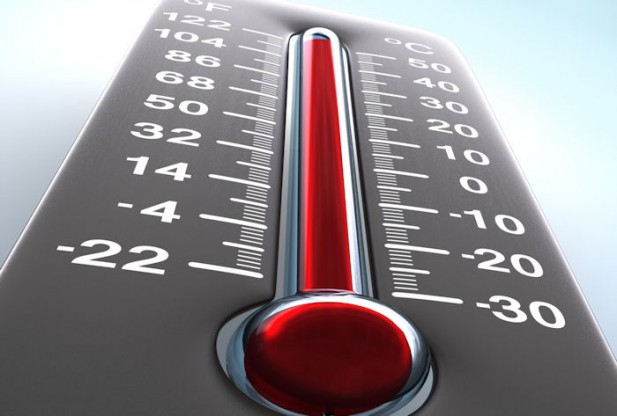
Q. How do you determine appropriate temperature to clean parts with ultrasonic cleaner?
A. In general, every 10C you go up in temperature doubles the cleaning speed. The faster you want to clean the hotter you should get. There are of course some residues, including metal oxides, which become more difficult to clean with higher temperatures. If you suspect or aware that you have these types of residues (often in the cosmetic and pharmaceutical industries) we are happy to discuss.
There is a theoretical optimal ultrasonic cavitation temperature at around 70C depending on the exact concentration of detergent. Even though in theory cavitation energy decreases slightly as you go above 70C, you still get increased detergency because of the doubling of the cleaning speed. Higher temperatures might require an insulated ultrasonic tank or a very large heater and high electrical usage.
Note that detergency is the ability of the detergent to clean. This is not to be confused with detergent capacity (directly proportional to concentration %) which the amount of residue that can be removed.
The appropriate temperature to use depends on what your heater can reliably maintain in temperature, how much energy you want to use in heating, if your substrate is any material that cannot withstand high temperatures, and how hot you want the solution to be that is exposed to those operating the unit.
In general, many people choose to work with 55-60C as an appropriate cleaning temperature. It avoids the potential of exposing operators to scalding temperatures. Lower temperatures if you are cleaning plastics that cannot tolerate, or soften at that temperature. Lower temperatures, including ambient or even cold can work, but this will typically greatly extend cleaning time.
To request any Alconox, LLC detergents for free, please complete the questionnaire at Get Sample. For more information about any one of our Alconox, Inc. detergents, consult the technical bulletin for each product. Or click here to access each of our detergent’s Safety Data Sheets.
Do you have a critical cleaning question for the experts at Alconox, Inc.? Search TechNotes to see if it’s been answered before or Ask Alconox.
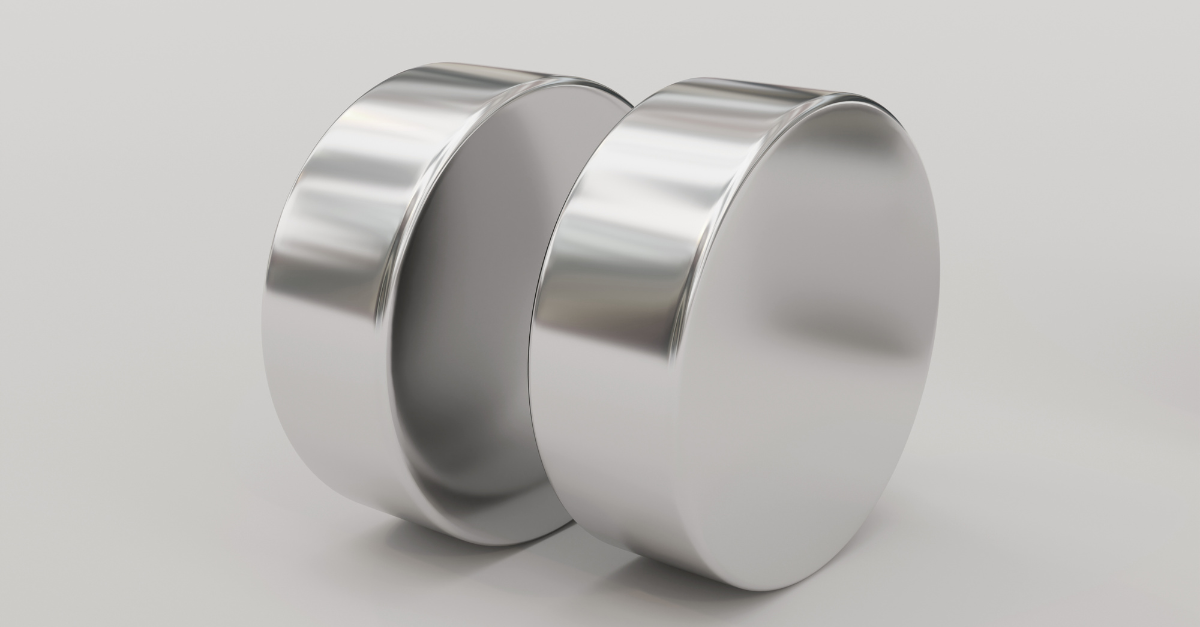
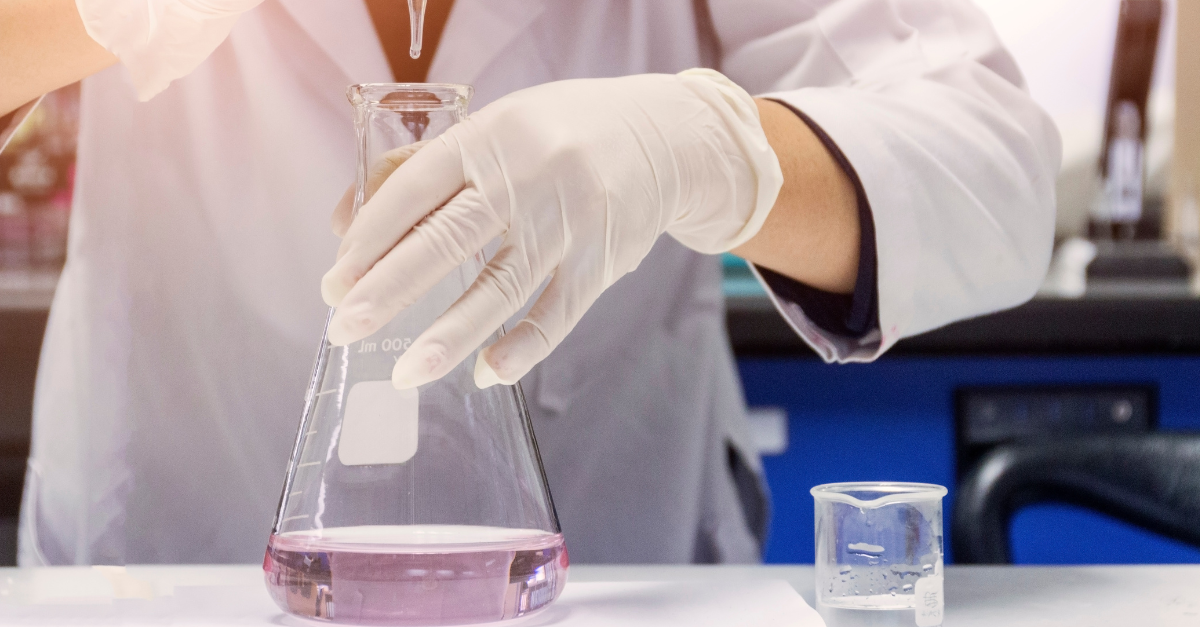
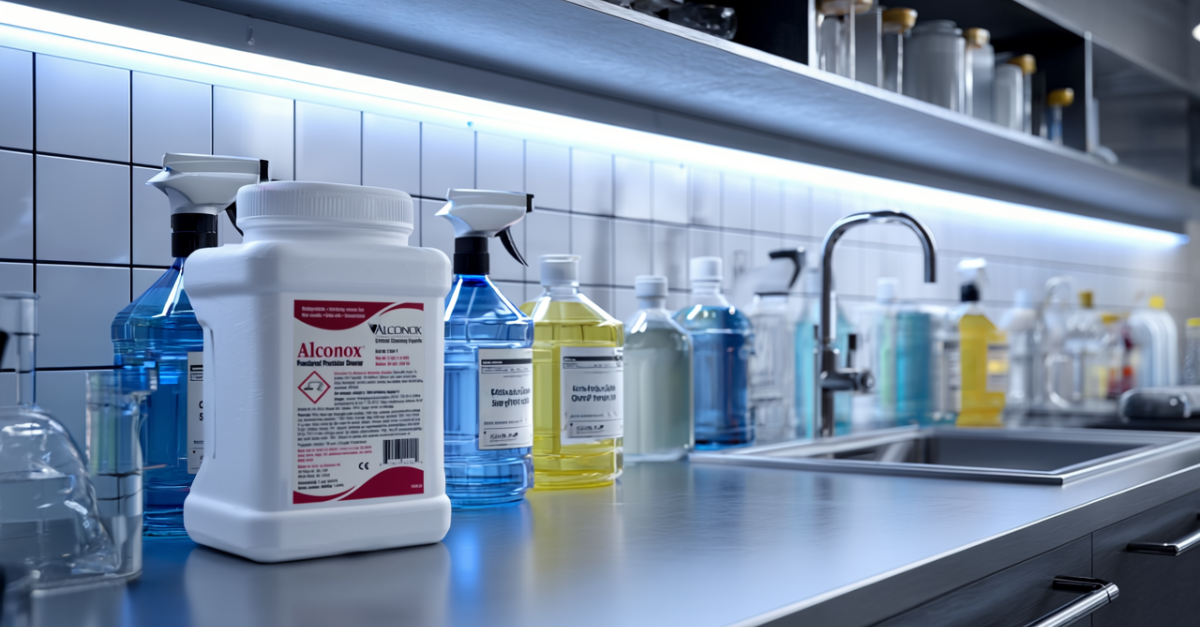
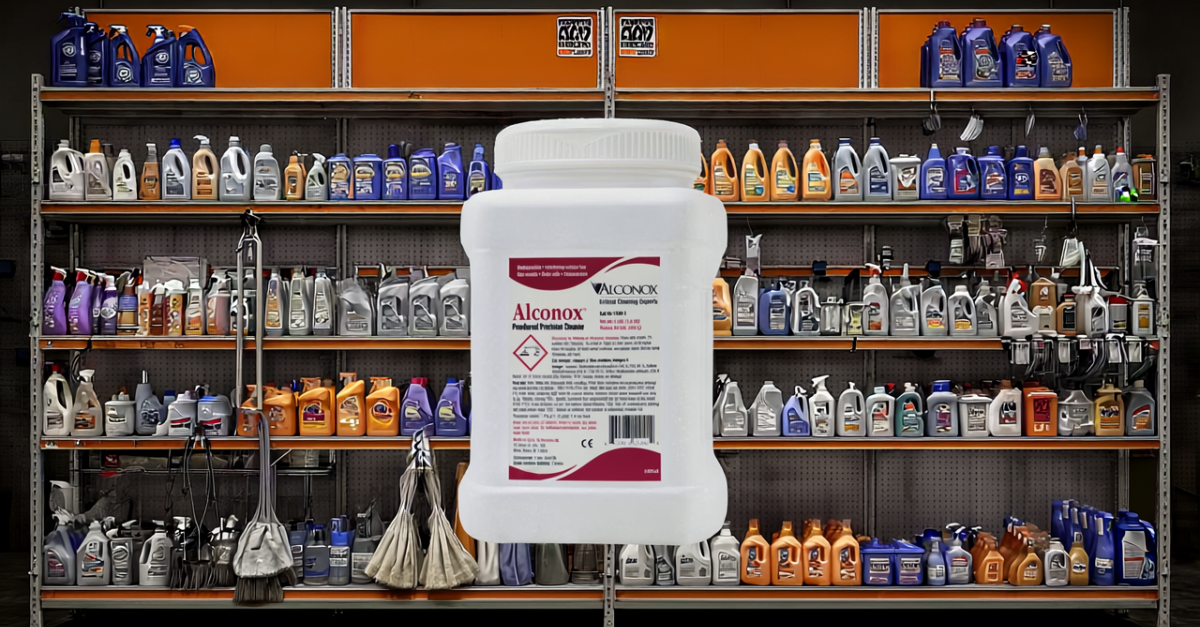
Thanks for pointing out that detergency is different from detergent capacity when it comes to ultrasonic cleaning. I’m thinking about getting some precision cleaning equipment for my workshop so it would be a lot easier to keep grime and grease off the small metal parts that I’m working on. Dealing with measurements to the millimeter would definitely need me to keep all my materials clean.